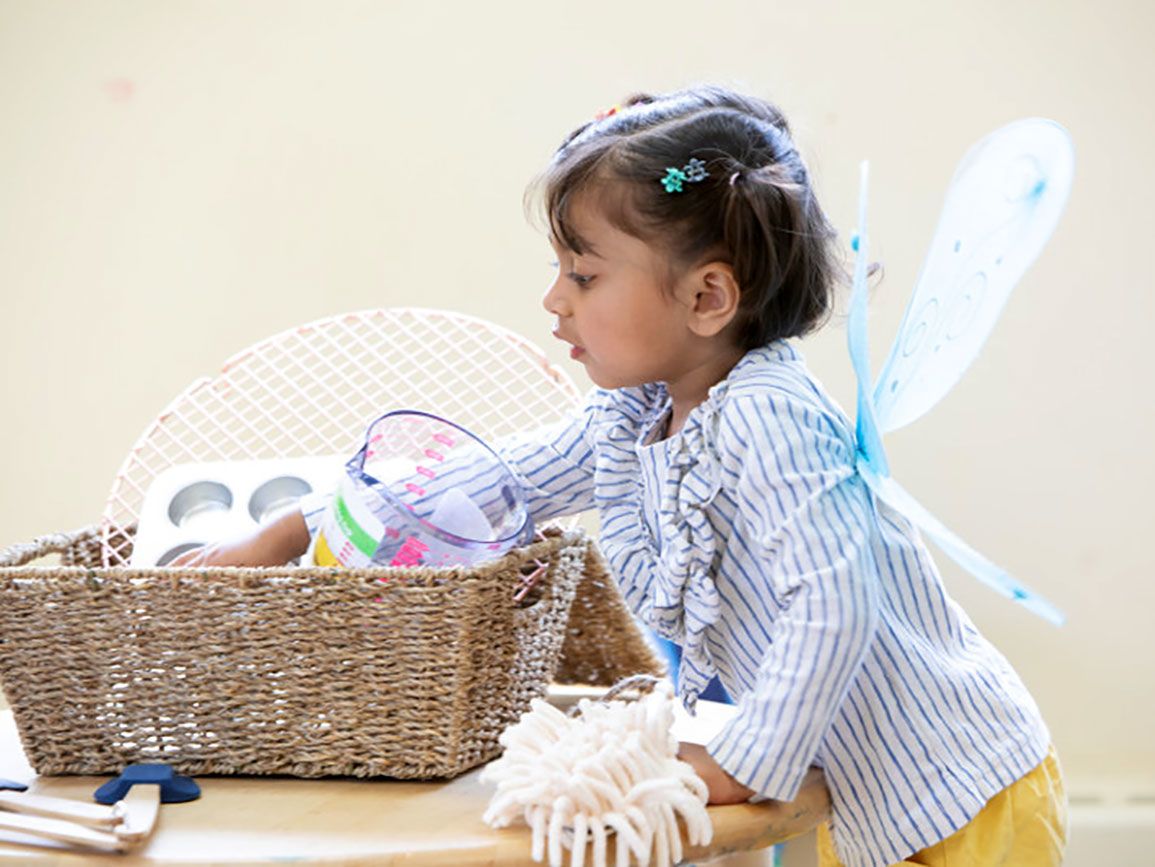Play relieves stress and increases happiness. It builds feelings of empathy, creativity, and collaboration. It supports the growth of sturdiness and grit. When children are deprived of opportunities for play, their development can be significantly impaired. Play is so important that the United Nations High Commission on Human Rights has declared it a fundamental right of every child. Play is not frivolous. It is not something to do after the “real work” is done. Play is the real work of childhood. Through it, children have their best chance for becoming whole, happy adults.
The Bright Horizons Approach to Play
At Bright Horizons®, we promise an integrated curriculum that offers an emergent, inquiry-based approach to learning. This seems like a tall order, but our World at Their Fingertips® curriculum delivers on those promises through a thoughtful combination of project work, engaging experiences, and play. Play is at the heart of our approach and philosophy. We believe that it is the primary vehicle for optimal growth in childhood. Through play, we can:
- Nurture and care for each child
- Cultivate curiosity and creativity
- Encourage children to be confident experimenters and problem solvers
- Create joyful places for childhood
(From the Bright Horizons Educator’s Promise)




